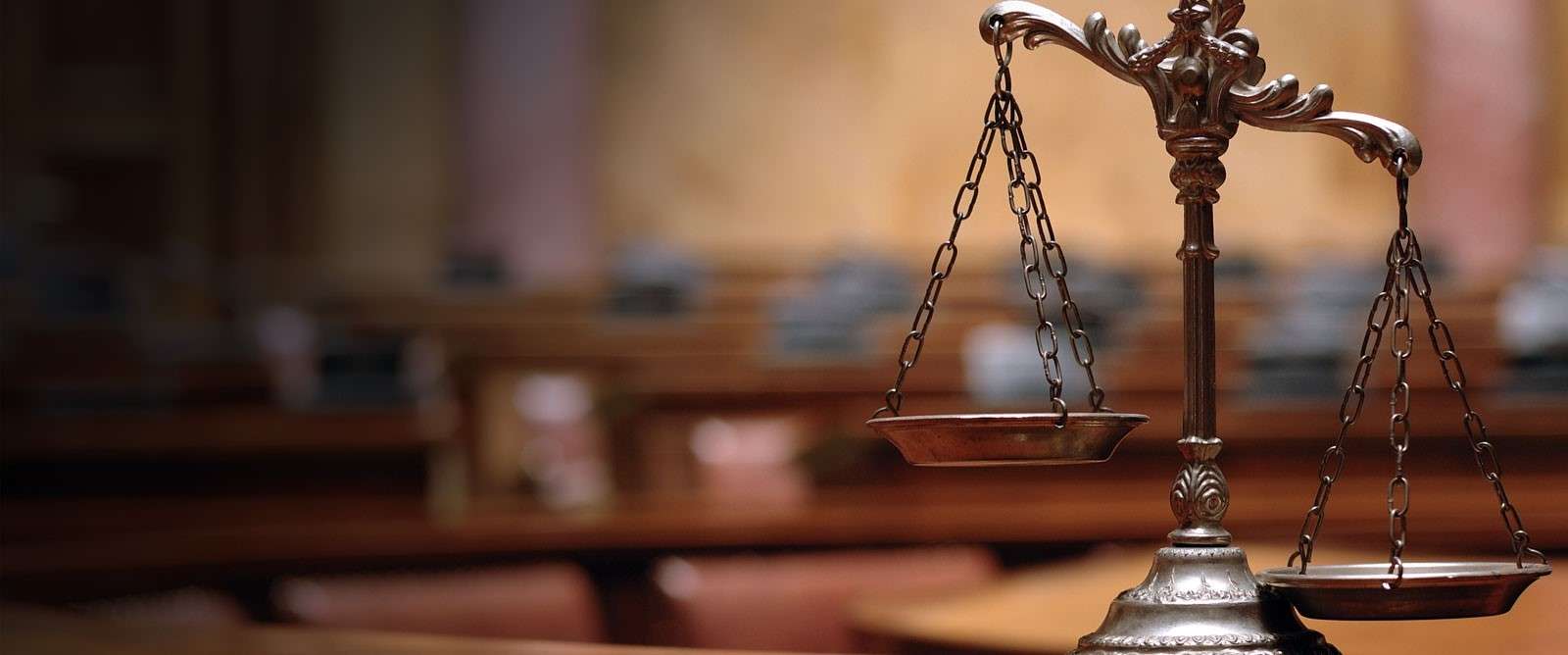When it comes to litigation, everything must be properly supported. What document supports what fact? Who can testify to what occurrence? The South Dakota Supreme Court recently made one thing clearer in Cooper v. Brownell: you are not an expert about yourself.
The Facts
In 2009, three individuals, Robert Cooper, Andrew Brownell, and Jason Utecht, were involved in a three-car accident. A vehicle driven by Utecht collided with a vehicle driven by Brownell, which caused Brownell’s vehicle to collide with the front bumper of Cooper’s vehicle. At the time of the accident, Cooper was stopped at an intersection. As a result of the accident, Cooper claimed that he hit his head on the driver’s side door, knocking him unconscious. Cooper was then transferred to a hospital by ambulance.
The Lawsuit
In 2012, Cooper sued both Brownell and Utecht, claiming that he sustained injuries as a result of the 2009 accident. Through the lawsuit, Cooper sought money damages related both to his medical bills and his past and future pain and suffering.
Prior to trial, Brownell and Utecht sought to dismissal of Cooper’s lawsuit because he failed to identify any expert witnesses who could offer a link between the 2009 accident and Cooper’s injuries. In response, Cooper claimed that his medical records and his own testimony about his injuries were enough to present to the jury. In addition, according to Cooper, his treating physicians could testify to the treatment he received and that such treatment was due to the 2009 accident. Cooper, however, failed to present any testimony, affidavits, or reports from his treating physicians or other medical providers that could support the link between the accident and Cooper’s injuries. The court sided with Brownell and Utecht, and dismissed Cooper’s case.
The Appeal
Cooper appealed, claimed among other things that the trial court erred by concluding that expert testimony was necessary to prove the 2009 accident proximately caused his injuries. According to the South Dakota Supreme Court, “proximate cause cannot be ‘based on mere speculative possibilities or circumstances and conditions remotely connected to the events leading up to an injury.’” As to Cooper’s case, the Court held, “the causal relationship between this accident and Cooper’s claimed injuries cannot be determined by a jury absent expert testimony.”
According to the Supreme Court, Cooper sought recovery for claimed injuries to his neck, head, back, right foot, right ankle, right hip, both shoulders, and both knees. However, evidence in the record also showed that prior to the 2009 accident, Cooper suffered injuries to his feet, head, neck, knees, shoulder, and spine. By failing to at least submit affidavits or deposition testimony from his treating physicians linking his injuries to the 2009 accident, Cooper could not carry his burden of proving causation. Because his injuries were not plainly observable and the obvious result of the accident, Cooper’s own testimony about his injuries was not enough. Therefore, the Supreme Court affirmed the dismissal of Cooper’s lawsuit.
The Lesson
Accidents occur every day, and they can cause many injuries at once. What injuries are actually caused by an accident, however, is not always obvious, and the injured person claiming that an injury occurred because of a specific event is not always enough to get to a jury. As is often the case, physicians or other experts must be called on to explain to a jury how and why an injury was caused.
